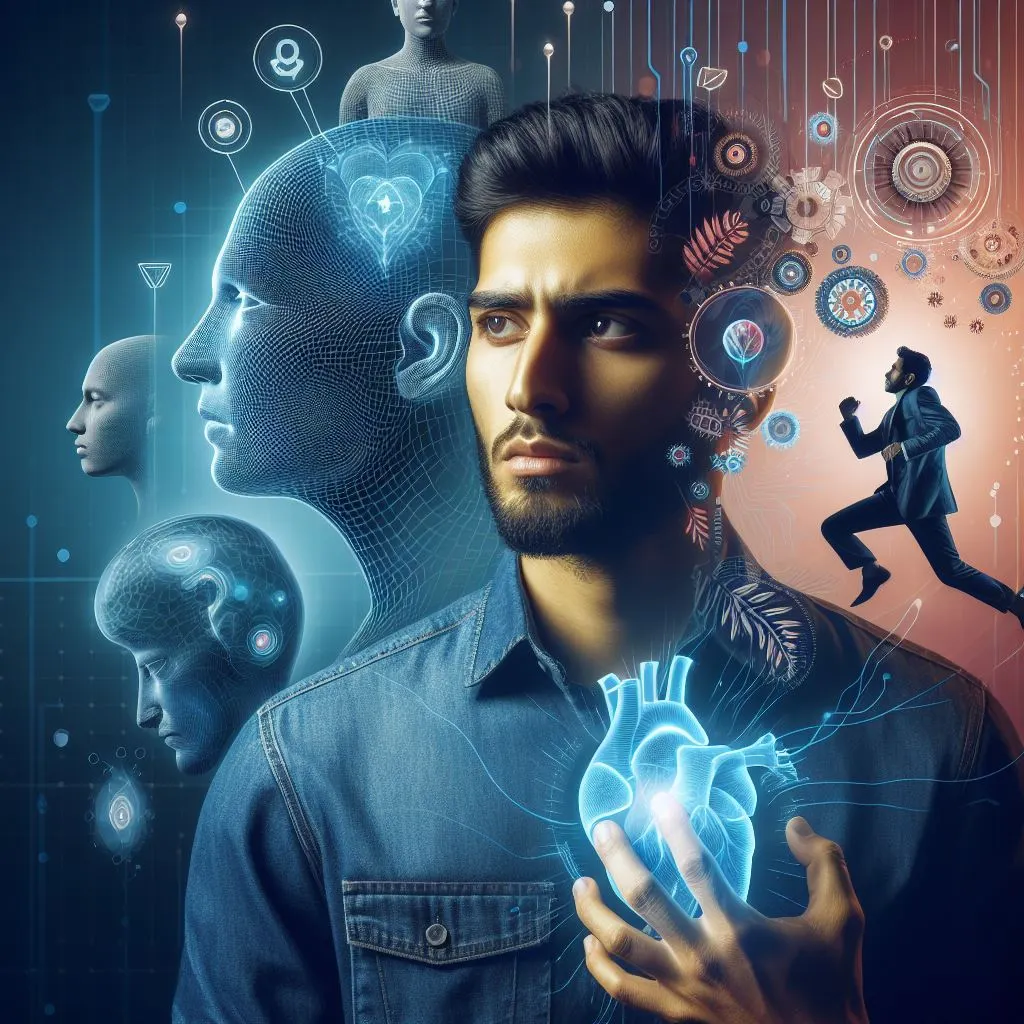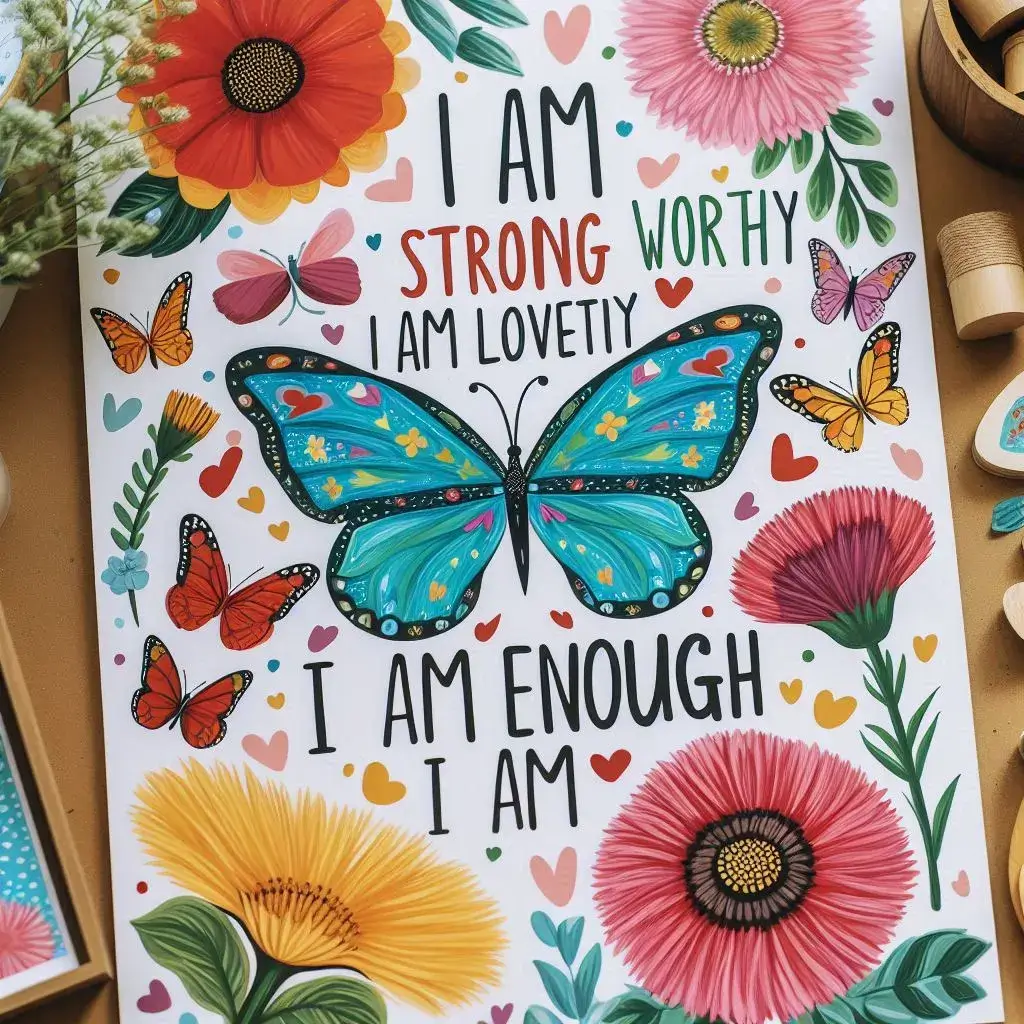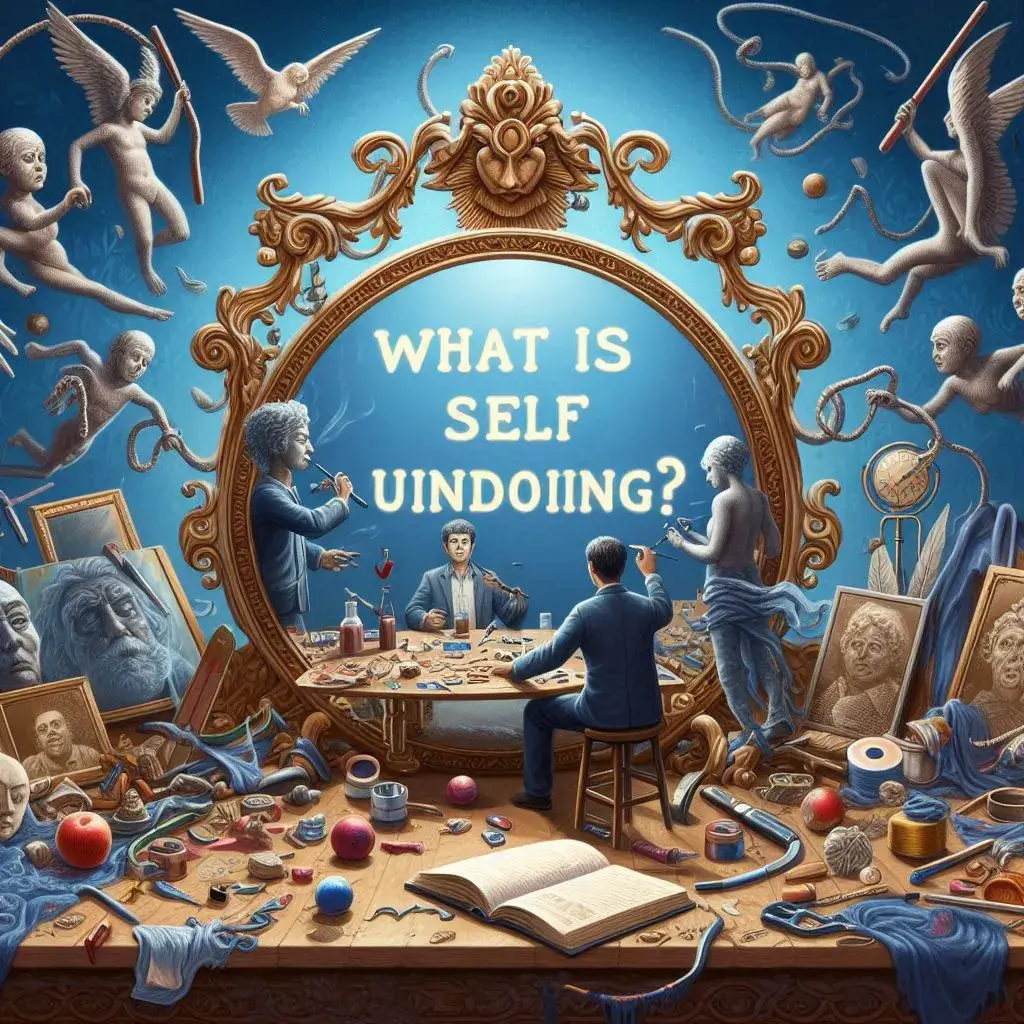Who Are We Really? Understanding Our Sense of Self
We’ve all wondered at some point – who am I, really? What makes me…well, me? Defining our sense of self is a complex task that involves looking within at our identity, values, and purpose as well as examining how we relate to the people around us. Our self-concept is shaped from a young age and continues evolving throughout life based on our experiences, beliefs, and interactions with others. Let me share some insights into the key components of self-identity and how we can work on cultivating a strong yet flexible sense of self.
Self-Identity: Your Core Sense of “I”
At the deepest level, your self-identity refers to your core sense of “I” – the characteristics, traits, and qualities that you see as uniquely defining you separate from everyone else. It encompasses things like your personality, skills, interests, values, and worldviews. Your self-identity forms early in life from exploring your abilities and learning about your preferences through play. It’s further shaped by your family and culture’s influence as well as your interpretations of life experiences. Maintaining a clear sense of who you are amidst all these internal and external factors is an ongoing process of self-reflection.
[blockquote align=”none” author=””]Some helpful questions to reflect on include – What do I enjoy doing and why? What am I naturally good at? What are my core values and belief systems? What experiences have impacted my outlook? Getting clarity on the traits, roles, and perspectives you most closely identify with helps form a foundation for your self-identity. [/blockquote]Of course, it’s also important to recognize that your identity will continue evolving as you take on new roles, face challenges, and learn more about yourself and the world through life’s journey. An overly rigid self-identity can limit growth whereas too much flexibility may lead to confusion. The key is balancing consistency with openness to change.
Relating to Others: Interdependence and Social Roles
While our core sense of self exists within, how we see ourselves is also shaped by our relationships and interactions with other people. From an early age, we learn that we depend on others for survival, and we start to understand ourselves in the context of our family roles like son, daughter, brother or sister. As we grow, our social circles expand and we take on new roles like friend, student, employee, parent and more – each adding new facets to our self-concept. Our self-esteem and happiness also become linked to gaining approval and recognition from others through social roles and relationships.
On one hand, this interdependence is healthy and natural, as humans are social creatures who thrive through cooperation and community. On the other, basing our worth too much on external validation can undermine our self-identity.
The key is balancing our needs for social connection with a strong internal sense of self not contingent on any single relationship. It’s also important that we choose social circles and relationships that enhance our well-being rather than diminish it.
While our roles and relationships are integral to our self-concept, the most psychologically healthy approach is to view our core identity as separate and prior to any social roles.
Finding Meaning and Purpose
Beyond just understanding who we are, we also have an innate need to feel that our lives have significance and value. Having a sense of meaning and purpose provides the motivation to work towards goals, face challenges, and persevere through hard times. It gives our lives direction and fulfillment. While meaning looks different for everyone, some common sources include:
- Career paths where we feel we make a positive impact or use our skills and passions
- Spiritual or philosophical beliefs that provide worldview frameworks
- Important causes we feel aligned with and want to support
- Creative or intellectual pursuits that we find deeply engaging and satisfying
- Close relationships and families that we love nurturing and supporting
- Personal growth through challenging ourselves and continual learning
Finding purpose is a lifelong journey of self-reflection, trying new things, and re-evaluating our priorities and motivations. It often evolves as our lives change through different seasons. The important thing is regularly checking in with ourselves to ensure our daily activities align with our core values and long-term goals. Having a strong sense of why we exist beyond just existing can bring immense motivation and fulfillment.
In Conclusion
Understanding our sense of self, how we relate to others, and finding meaning and purpose are all intertwined aspects that shape our identity and outlook on life. While each person’s journey is unique, reflecting deeply on these components can provide valuable self-awareness and direction. With effort, we can cultivate a balanced self-identity,
Choose growth-focused relationships, and live intentionally according to our principles and purpose. Overall, being conscious of what makes us “tick” inside and out can greatly enhance well-being and satisfaction as we navigate life’s adventures.
References
- Markus, H. and Nurius, P., 1986. Possible selves. American psychologist, 41(9), p.954. This seminal paper from social psychologists Hazel Markus and Paula Nurius discusses how our sense of self involves concepts of our possible future selves.
- Erikson, E.H., 1994. Identity and the life cycle. WW Norton & Company. Erikson’s influential work presenting identity vs role confusion as a key stage in psychosocial development, laying foundations for understanding self-identity formation.
- Cooley, C.H., 1922. Human nature and the social order. Transaction publishers. One of the early works proposing the concept of the looking glass self – that our sense of self emerges through imagining our appearance and defining characteristics in the eyes of others.
- Waterman, A.S., 1993. Two conceptions of happiness: Contrasts of personal expressiveness (eudaimonia) and hedonic enjoyment. Journal of personality and social psychology, 64(4), p.678. Research exploring the distinction between hedonic sources of happiness through pleasure and meaning/purpose as eudaimonic happiness, providing context on different paths to well-being and life satisfaction.
- Baumeister, R.F. and Leary, M.R., 1995. The need to belong: Desire for interpersonal attachments as a fundamental human motivation. Psychological bulletin, 117(3), p.497. A highly cited paper presenting the argument that the human need to form social attachments and belong is a powerful, evolved motivation.




We are a group of volunteers and starting a new scheme in our community.
Your website offered us with valuable information to work on. You’ve done an impressive job and our whole
community will be grateful to you.
Thank you for your kind words! I’m glad the information on my website has been helpful for your community project. If you need any further assistance, feel free to reach out. Best of luck with your scheme!